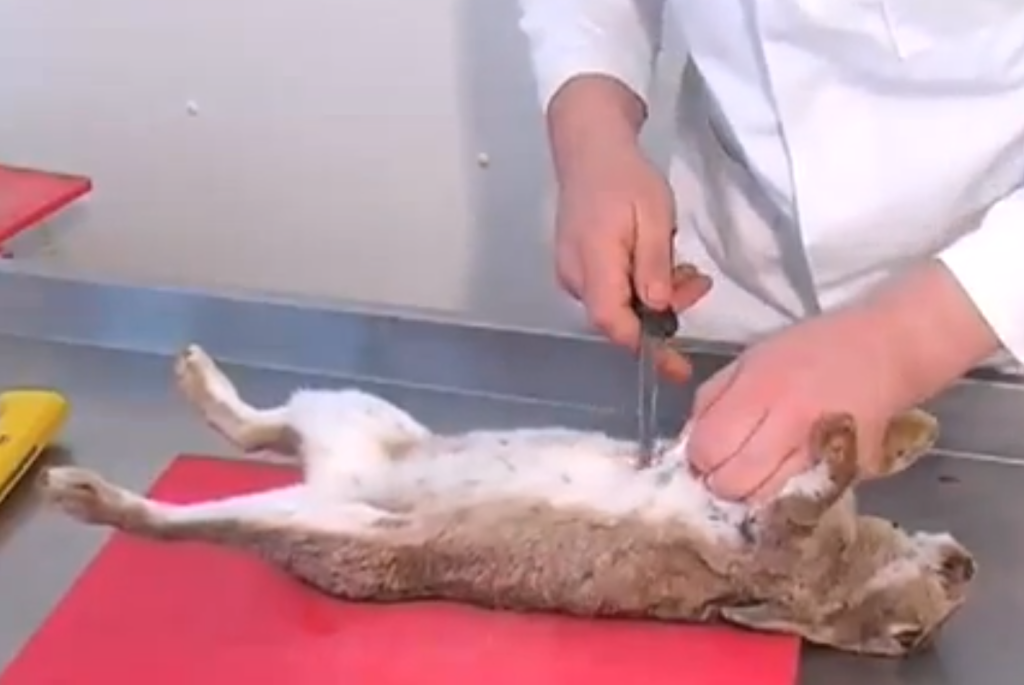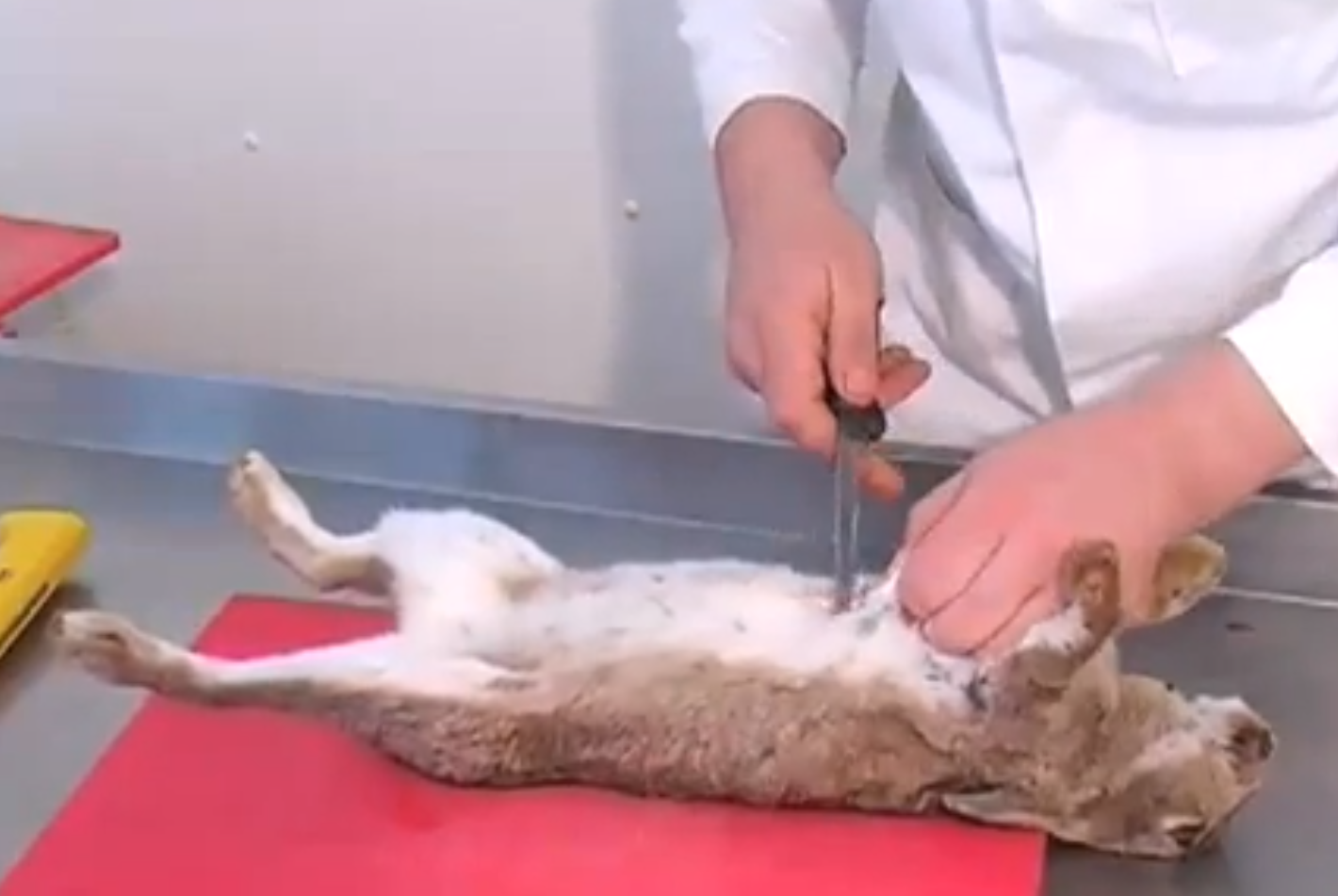Survival Skills: Preparing Fresh… Rabbit?
A successful hunter is one who can complete the task from start to finish. The steps of hunting and preparing rabbit, outlined by HunterGatherCool Blog, begin with selecting your animal of choice and end with the animal-turned-meal resting on your dinner plate. There are many steps in the process, The reward for patience and hard work is a nutritious meal without the additives and preservatives included in commercial foods.
Hunting rabbit or any other type of small game requires quick thinking and a steady hand. A clean kill, preferably a head shot, will provide the most usable meat and a complete hide. The first step in cleaning a rabbit is to remove the entrails. Almost every part of the rabbit is edible, including the brains and marrow from the long bones. These two items are high in fat can be prepared and eaten along with the rest of the animal. The only part of the animal one should avoid is the liver due to the possibility of disease or excessive amounts of toxins.
A proper hunter course will show you the basics of how to disembowel an animal after it has been harvested. Making a long cut from the genital area all the way to the neck will allow the blood to drain and provide you with enough access to carefully remove the lungs, heart, stomach, intestines and reproductive organs. Once they have been removed carefully, rinse out the cavity and slowly begin to remove the hide. After the hide has been removed, rinse the entire carcass inside and out to remove any dirt that was left behind. The hide can be stretched and cured for later use.
Rabbit can be prepared immediately after harvesting if the blood has been been allowed to adequately drain away. There is little fat in the meat which makes it one of the healthier choices for small game. Most of the fat found in a rabbit is in the marrow of the long bones and the brain. Because of its low fat content in the meat itself, frying or grilling should be watched closely or the meat could burn or char.
One of the most popular ways to prepare fresh rabbit is by boiling and using the meat and liquid to make rabbit stew. Boiling the entire carcass allows the fat to be cooked out of the bone and also makes removing the bone from the meat much easier. After the meat is done, you can remove the bones easily.
As the meat continues to simmer, begin to add fresh vegetables that have been thoroughly cleaned and cut up into small chunks. You can add additional water if needed. Some of it will eventually boil away as the stew cooks. Fresh green beans, potatoes and carrots will take longer to cook than other vegetables so they should be added first. They can also be cooked ahead of time and added to the stew when they are fully cooked. Any vegetables can be added to the stew for flavor and color. Season to taste. Remember, however, that cooking rabbit with the bone in will add a greasier taste over all. Serve the cooked rabbit with bread or biscuits and enjoy!
Video For How To Prepare Fresh Rabit (WARNING: GRAPHIC)
About The Author
Alan Underwood is a farmer and writer who blogs about farming, hunting and sustainable living.






Lovely, simple, rabbit prep – thank you! I hadn’t thought of preserving them in olive oil…. really makes the time/energy spent cooking ‘worth while’…. Question – I imagine it is – but, I don’t know how – to can rabbit?
Thanks for the comment. Glad you liked it. Great question on canning rabbit. Anyone have any tips?
Thanks. Great article. My father was a meat cutter at a grocery store. I’m now sorry I didn’t pay more attention to what he was doing.
I’m glad you liked it. Thanks for sharing your thoughts.